Conservancy Of Southwest Florida
The Conservancy of Southwest Florida is a critical agency to protect the region’s unique biomes as highlighted below. We must protect this area because it holds many factors with high conservation and environmental values. In pursuing its goal, the Conservancy focuses on protecting the natural and historical assets of Southwest Florida intended for the coming generations. Their work covers all areas of specialization, thus providing for broad coverage of environmental care. For the present Conservancy to be effective and sustainable in the future, people’s support and participation in its activities are essential.
History And Background
Active members of the community begun the Conservancy of Southwest Florida in 1964, this with the understanding of the need for environmental conservation. In this context it measures its performance in regards to certain goals is the past like preventing destructive development and setting up protected areas. For the Conservancy, the years passed were quite problematic, with key problems like the lack of funding and political opponents. Nonetheless, growing obstacles continued to appear, and the organization followed them and reached even new, wider areas. Other contents covered the park’s history, emphasizing the specific environmentalists and leaders who promoted conservationist courses.
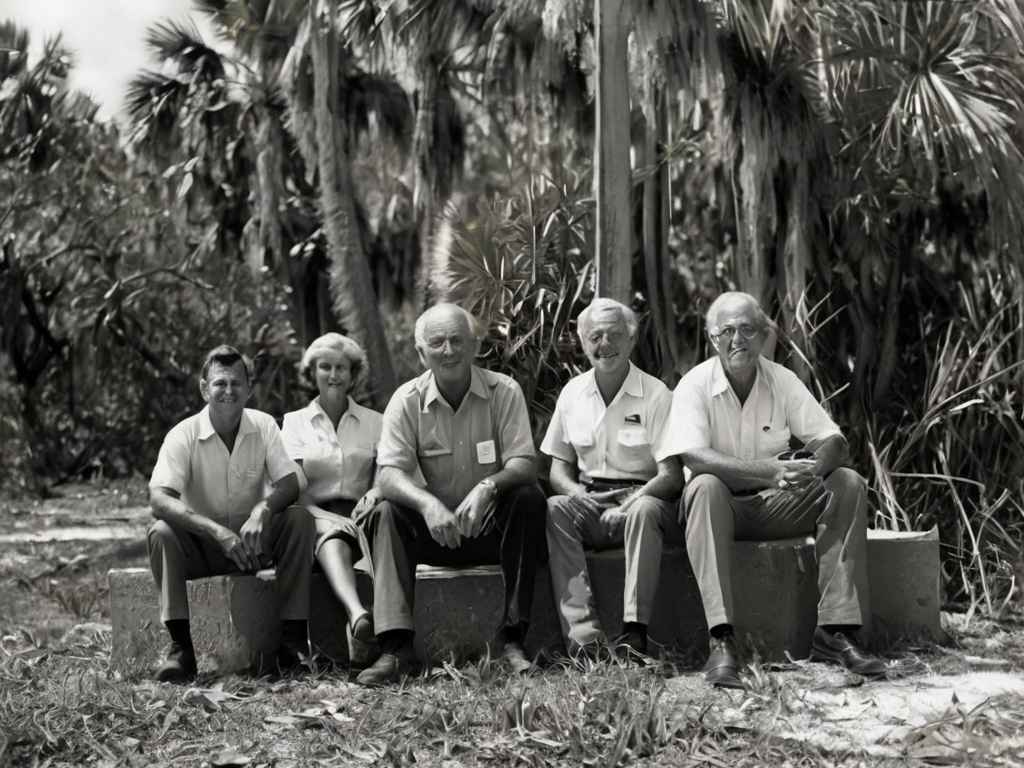
Mission And Vision
The primary work of The Conservancy of Southwest Florida is to protect the region’s water, land, and wildlife facilities for the future. The program’s objectives are restoring the habitat, implementing policies that support restoration, and the public education campaign. The Conservancy encourages developing programs to sensitize the community and makes community involvement compulsory.
Key Areas Of Focus
The Conservancy’s work revolves around five main areas: related conservation and management of land and watersheds, protection of wildlife, provision of environmental education and information, research, public activism, and outreach. Therefore, each area has an important duty to contribute to accomplishing its common mission. Moreover, preserving land and water means that the appropriate ecological territories remain safe to conserve flora and fauna. Further it connects with wildlife protection initiatives the are aimed at saving endangered animals. In addition, environmental education should also comprise the task of conveying numerous programs to society and enhance awareness. There are political power sources participating in researching and demanding policy changes. The method makes sure that people within the communities develop ownership of development projects and champion their initiatives.
Land And Water Conservation
Ecosystem conservation remains another core area for the Colorado Rocky Mountain Conservancy organizations. Their conservationists embarked on restoration activities in a bid to regain some of these habitats hence encouraging support to the biodiversity. There is proper usage of land in the sense that the land is not quite ruined or ripped when it is used or when it is utilised. The elements of a successful water quality campaign are engaged in the prevention of water pollution, especially in water bodies. Zoos are also recognised as good enough to provide adequate rehabilitation, and instances such as the Ford Motor Company Wetland Restoration, reveal that the efforts under way are beneficial.
Wildlife Protection

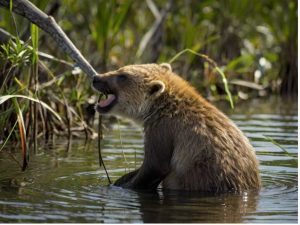
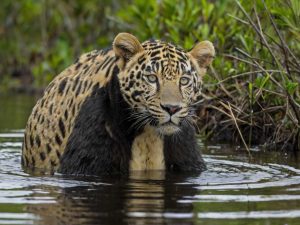
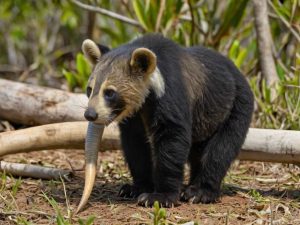
Many of the endangered species of peninsular Florida are found in the southwest region. Consequently, conservation is urgently needed here. They concentrate on the recovery of these species habitats as that is what is required for their survival. Additionally, fundraising for the Conservancy’s wildlife medical care involves two main aspects: To stop the killing and eating of turtle meat, to save and nurse injured animals. In addition, stakeholder studies contribute to the formulation of policy advice for wildlife conservation. This has proved useful in the management and restoration of some of the status and the habitat of the specific species.
Environmental Education
It is also delivers education solutions and services to schools and communities through its education program. These programs contain enormous amount of information, support and learning content which can be of great help. Some of the typical practices used in the workshops and training seminars build up capacity for efficient and orderly learning since it gives instilling of on-job training and other industry knowledge. Further, awareness programs take the message of the Conservancy to other target groups of people. In addition, it is necessary to redevelop the same mission to train the next generation of students to benefit from the same.
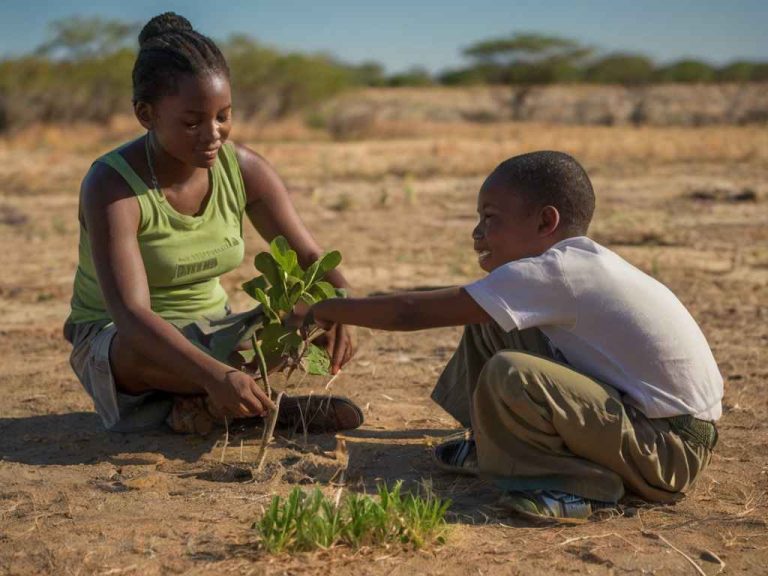
Research And Advocacy
It is also delivers education solutions and services to schools and communities through its education program. These programs contain enormous amount of information, support and learning content which can be of great help. Some of the typical practices used in the workshops and training seminars build up capacity for efficient and orderly learning since it gives instilling of on-job training and other industry knowledge. Further, awareness programs take the message of the Conservancy to other target groups of people. In addition, it is necessary to redevelop the same mission to train the next generation of students to benefit from the same.
Community Engagement
There are several volunteer services and posts for members of society available in the Conservancy. Community activities raise the level of understanding, and members of the community bear more accountability for the state of the area. These are informational, educational and communicative and are centered on the issues of the environment. There are positive effects as far as the local partnerships are concerned with the process of conserving the environment. Civil society, therefore, has a lot to benefit with its engagement and support to the operations of the Conservancy.
Impact And Achievements
The given amount of work proves that Conservancy is a demanding organization that strives for success and makes serious achievements thus their work is far from being fruitless. Furthermore, the Conservancy focuses its dissemination on success stories, or cases that demonstrate the benefits of the measures relating to living resources conservation. Today it is clear that this organization deserves to receive many awards and has already done this. Moreover, the organization has included a lot of examples of the benefited community members, which may be referred to as proofs. Directions for future program development are to expand and enhance programs and services.
Challenges And Solutions
The threats posed by organisations operating in the Florida region make Conservancy of Southwest Florida struggle to deliver on its mandate. Solving the issue of funding barriers necessitates a creativity within fundraising processes and involvement of communities and the society. Climate change and its effects’ avoidance and management are also defined as the areas of focus. It focuses on larger environmental issues in cooperation with government offices. Controlling the measures that are utilized to sustain biological diversity incorporates the application of new solutions and technologies.
The Future Of Conservation
However, the Conservancy is aware of these trends and plans to undertake several future projects and initiatives. Additionally, as the world continually grows technologically, the aspect of technology becomes more relevant in conservation. To develop conservation, young people should play a crucial role in it. The programs for youth are the key essence of its existence. In addition, the Conservancy has a vision that is a long-term vision of the community and the ecosystem, and this vision can be sustained to the next generation, and the next and so on.
Get Involved
As we appreciate the efforts of the Conservancy of Southwest Florida, there are many ways that you can support us. Fundraising and membership support their cause as a major form of funding their organizations and projects. Events can be useful because they increase awareness for the cause and bring in considerable money. Social awareness is important so that more people can support vascular disorders.
Support And Partnerships
It works hand in glove with major funding players and supports them in intensifying their thrust. Conservation is a big process that requires input from many different stakeholders, hence initiating a process of working together. Many great examples exist of how companies can make a more powerful impact when working together. Becoming a partner and participating in important conservation efforts offer plenty of gains. Donations to the Conservancy help the organization protect resources in South West Florida.
Conclusion
The Conservancy of Southwest Florida serves an important function of preserving the area and its surroundings. This makes them embrace a wide-ranging conservation dispensation that serves the interests of both paramount and conservation of both natural and human resources. We can join and contribute to it to improve its performance and that of the country’s conservancies. Do something today for Southwest Florida and make your contribution to the protection of its biogeographically significant environment.
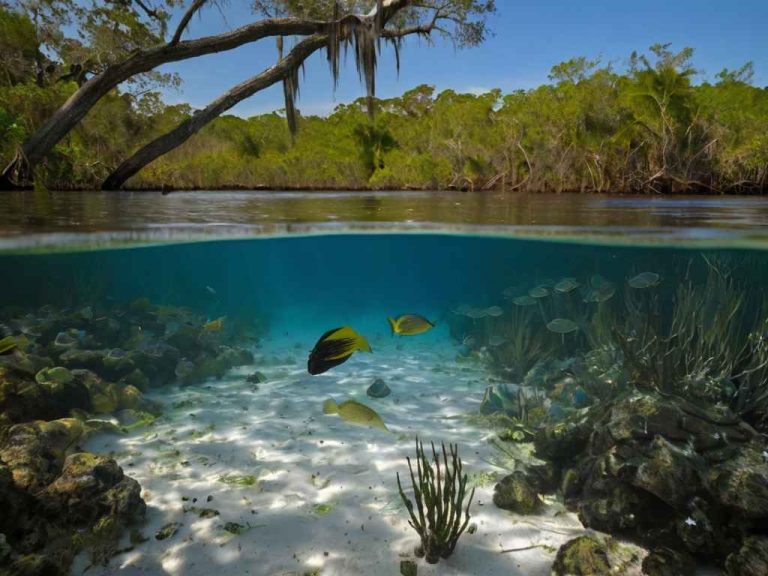
the Conservancy of Southwest Florida in preserving the region’s natural and human resources for a healthier environment
FAQs
What and where is the Conservancy of Southwest Florida?
The Conservancy of Southwest Florida is a company with the mission of conserving water, land, wildlife, and future generations.
In which areas is the organization mainly concentrated?
Through Matapouri Conservancy Trust, the iwi is involved in the following activities; land and water protection, wildlife protection, awareness creation, survey and advocacy, and community involvement.
What are the positive effects brought by the Conservancy in its locality?
The Conservancy affects the community through conservation of resources, education programs, and stewardship.
Research is always being done, and there is always something new. What other projects are still in the pipeline?
The Conservancy has long-term projects to do more in restoring several habitats, policy, education, and integrating better technology in conservation projects.














